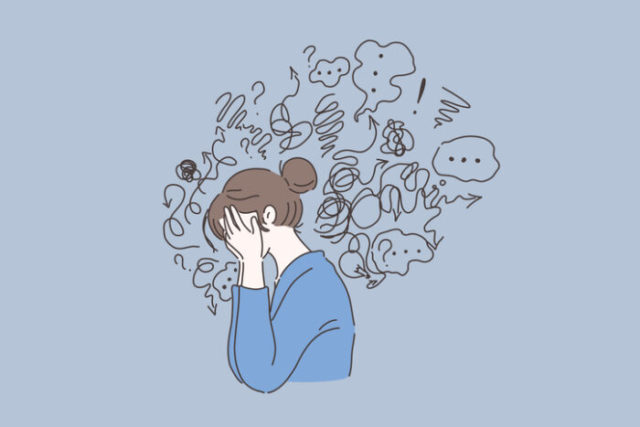
Attention deficit hyperactivity disorder (ADHD) is undertreated and underdiagnosed in adults, though rates are improving, a new study shows.
The study by Evernorth Research Institute, published Monday, analyzed anonymized and aggregated claims data of 495,180 adults with diagnosed ADHD. The results were presented at the 2023 AcademyHealth Annual Research Meeting.
About 4.4% of adults in the U.S. have ADHD, according to the National Institute of Mental Health. However, less than a third of these adults have been diagnosed, a study in the National Library of Medicine discovered. The best way to treat ADHD is through both prescription medication and behavioral therapy, another study in the National Library of Medicine showed.
The Evernorth study found that in 2021, 25% of adults with ADHD did not receive any treatment, though this is a decrease from 38.5% in 2017. About 21.4% of adults with ADHD received both medication and behavioral therapy in 2021, up from 12.9% in 2017.
In addition, Evernorth found that 20.4% of adults with ADHD only used therapy in 2021, compared to 18.4% in 2017. About 33.3% of adults with ADHD only used medication in 2021, versus 30.2% in 2017.
“ADHD in adults presents itself in many different ways, including the inability to focus or prioritize tasks, poor organizational skills, restlessness, and forgetfulness, and too often goes undiagnosed,” said Dr. Urvashi Patel, PhD, vice president of the Evernorth Research Institute, in the report. “ADHD can make getting through everyday tasks difficult, it can lead to frustration and irritability, and it can impact self-esteem. Without proper management, untreated ADHD in adults can also lead to mental health issues such as anxiety and depression.”
The study also discovered that social and economic factors affected patients receiving treatment. Patients aged 50 and older were less likely to receive both medication and therapy treatment than those aged 18 to 34. Men, those with more than one chronic condition, those living in socially disadvantaged areas and those who don’t have health coverage through an employer were also less likely to receive both medication and behavioral therapy.
Patients who were diagnosed with ADHD by a nurse practitioner, a physician assistant or a behavioral care provider were more likely to be treated through both medication and behavioral therapy than those who were diagnosed by a physician, according to Evernorth.
“This finding has implications for reducing health care costs and improving the quality of care,” said Dr. Stuart Lustig, national medical executive for Behavioral Health at Evernorth, in the report. “If the quality of treatment from nurse practitioners, physician assistants, and behavioral care providers is proving to be effective, then shifting ADHD treatment and screening to these providers may help reduce downstream costs and improve patient outcomes.”
Photo credit: Aleksei Morozov, Getty Images








